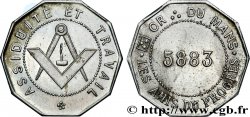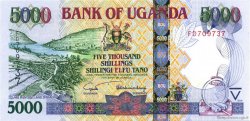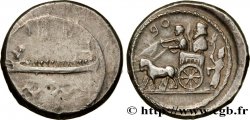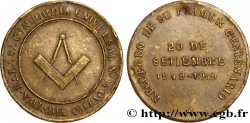fjt_533646 - FRANC-MAÇONNERIE - PARIS LOGE CONCORDIA UNIVERSAL N°14 CALLAO, Centenaire 1848-1949 n.d.
70.00 €
Menge
In den Warenkorb

Type : LOGE CONCORDIA UNIVERSAL N°14 CALLAO, Centenaire 1848-1949
Datum: n.d.
Metall : Kupfer
Durchmesser : 30 mm
Stempelstellung : 12 h.
Gewicht : 10 g.
Rand Lisse
N° im Nachschlagewerk :
Pedigree :
Exemplaire provenant de la Collection JCT
Vorderseite
Titulatur der Vorderseite R :. L :. S :. CONCORDIA UNIVERSAL N°14 / VALL :. DEL CALLAO /.
Beschreibung Vorderseite Équerre et compas entrecroisés.
Rückseite
Titulatur der Rückseite RECUERDO DE SU PRIMER CENTENARIO.
Beschreibung Rückseite sur trois lignes ; 20 DE / SETIEMBRE / 1849 - 1949.
Kommentare
La franc-maçonnerie est apparue au Pérou avec les guerres de l’indépendance. La première loge, Paz y Perfecta Union, eut en 1821 José de San martin parmi ses fondateurs, quand il entra à Lima en libérateur. La naissance d’autres loges suivit ses victoires et celles du frère Antonio José de Sucre. En 1830, fut constitué un Suprême Conseil et l’année suivante la première Grande Loge du Pérou. En 1833, le pouvoir passa aux mains des militaires hostiles à la franc-maçonnerie et les loges furent fermées jusqu’en 1845. En 1852, un nouveau Grand orient national fut fondé, mais en 1858 une scission eut pour conséquence la constitution de la Grande Loge Nationale du Pérou. En 1860, un nouveau schisme éclata. Grande Loge et Grand Orient disparurent. En 1882 enfin a été constituée la grande Loge des francsmaçons Anciens, Libres et Acceptés du Pérou, qui existe encore actuellement. Elle compte une centaine de loges. A coté d’elle, continue à exister le Suprême Conseil du Rite Ecossais..
Freemasonry appeared in Peru with the wars of independence. The first lodge, Peace and Perfection Union, had José de San Martin among its founders in 1821, when he entered Lima as a liberator. The birth of other lodges followed his victories and those of Brother Antonio José de Sucre. In 1830, a Supreme Council was formed, and the following year, the first Grand Lodge of Peru. In 1833, power passed into the hands of military personnel hostile to Freemasonry, and the lodges were closed until 1845. In 1852, a new National Grand Orient was founded, but in 1858 a split resulted in the formation of the National Grand Lodge of Peru. In 1860, a new schism broke out. Both the Grand Lodge and the Grand Orient disappeared. In 1882, the Grand Lodge of Ancient, Free and Accepted Freemasons of Peru was finally established, and it still exists today. It has about a hundred lodges. Alongside it, the Supreme Council of the Scottish Rite continues to exist.
Freemasonry appeared in Peru with the wars of independence. The first lodge, Peace and Perfection Union, had José de San Martin among its founders in 1821, when he entered Lima as a liberator. The birth of other lodges followed his victories and those of Brother Antonio José de Sucre. In 1830, a Supreme Council was formed, and the following year, the first Grand Lodge of Peru. In 1833, power passed into the hands of military personnel hostile to Freemasonry, and the lodges were closed until 1845. In 1852, a new National Grand Orient was founded, but in 1858 a split resulted in the formation of the National Grand Lodge of Peru. In 1860, a new schism broke out. Both the Grand Lodge and the Grand Orient disappeared. In 1882, the Grand Lodge of Ancient, Free and Accepted Freemasons of Peru was finally established, and it still exists today. It has about a hundred lodges. Alongside it, the Supreme Council of the Scottish Rite continues to exist.








 Berichten über einen Fehler
Berichten über einen Fehler Die Seite drucken
Die Seite drucken Teilen meiner Auswahl
Teilen meiner Auswahl Stellen Sie eine Frage
Stellen Sie eine Frage Einlieferung/Verkauf
Einlieferung/Verkauf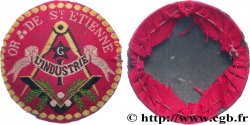
 Details
Details


